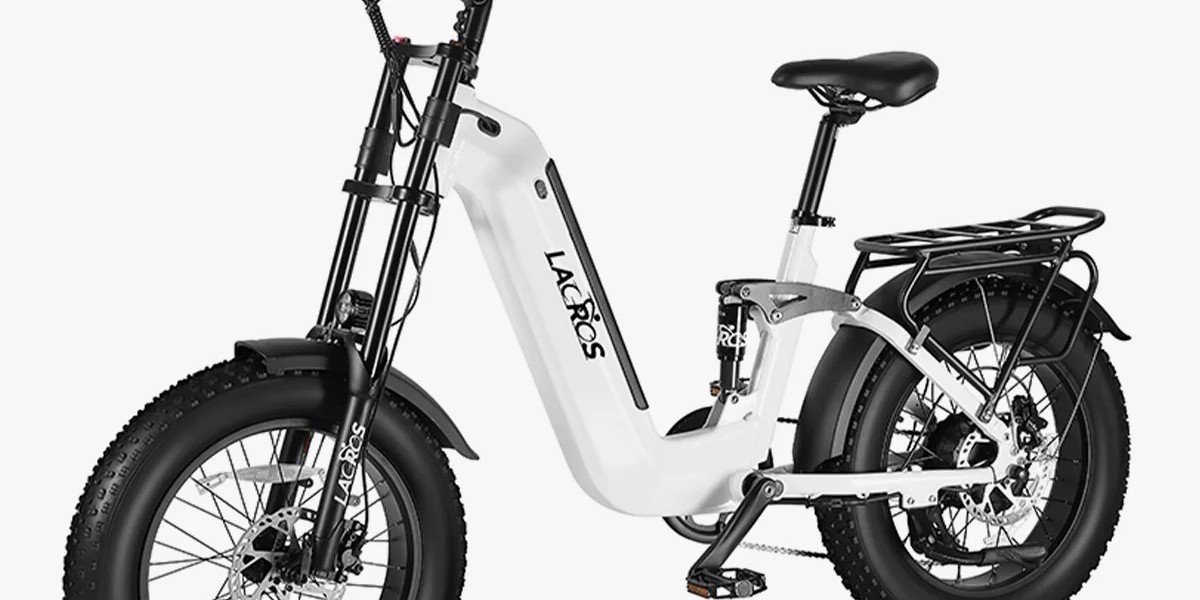With the growing popularity of electric bikes (e-bikes), more and more people are choosing to shop online for the convenience, variety, and often better prices it offers. However, buying an electric bicycle online is not as simple as clicking “add to cart.” It involves careful research, understanding your needs, and verifying product details to ensure you get the right bike for your lifestyle and budget.
In this article, we’ll walk you through a step-by-step guide on how to buy electric bicycle online safely and confidently.
1. Understand Your Riding Needs
Before diving into specs and models, identify what kind of riding you’ll be doing. Different e-bikes are built for different purposes. Ask yourself:
Where will I ride? (City streets, trails, mountains?)
How far do I travel daily? (Helps determine battery range)
What terrain will I face? (Flat, hilly, off-road?)
Do I need to carry cargo? (Look for racks or step-through frames)
What’s my storage situation? (Need a foldable e-bike?)
Based on your answers, you’ll narrow your search to specific types:
City/Commuter E-Bikes: Lightweight, built for daily urban travel.
Folding E-Bikes: Compact, ideal for apartments or multi-modal commutes.
Mountain E-Bikes (E-MTBs): Rugged with powerful motors for off-road.
Fat Tire E-Bikes: Built for sand, snow, or rough trails.
Cargo E-Bikes: Designed for hauling groceries, kids, or equipment.
2. Set a Realistic Budget
E-bikes come in a wide price range. Here’s a rough guide:
Entry-level ($700–$1,200): Basic features, limited range, often hub motors.
Mid-range ($1,200–$2,500): Better build quality, larger batteries, branded components.
Premium ($2,500+): High-performance motors, long range, advanced features.
Consider that additional costs may include:
Helmet and gear
Lock or anti-theft systems
Shipping fees or assembly
Maintenance tools or extended warranties
3. Know the Key Features to Compare
When comparing e-bikes online, look for these critical components:
1. Motor Type and Power
Hub Motor: Positioned in the wheel, quiet and low-maintenance, ideal for flat terrain.
Mid-Drive Motor: Located near the pedals; better for hills and efficiency.
Power ranges from 250W (sufficient for most urban use) to 750W+ (better for hills or heavier riders).
2. Battery Capacity and Range
Measured in watt-hours (Wh). A 500Wh battery offers 30–70 km (18–43 miles) depending on terrain, rider weight, and assist level.
Removable batteries are convenient for charging indoors.
3. Pedal Assist vs. Throttle
Pedal Assist (PAS): Motor helps when you pedal. More energy-efficient.
Throttle: Engages motor with a twist or button. Great for breaks or uphill starts.
4. Frame Design and Size
Check the geometry and height chart to ensure proper fit. Step-through frames are easier to mount. Aluminum frames are standard for lightweight durability.
5. Brakes and Suspension
Disc brakes (mechanical or hydraulic) are best for stopping power.
Front suspension adds comfort on bumpy roads; full suspension for off-road.
6. Accessories and Features
Look for included:
Fenders
Racks
Lights
Display panels
Smartphone app connectivity
4. Choose a Reputable Brand or Seller
Buying online comes with risks, especially if the seller lacks transparency. Do your due diligence:
Official brand websites or authorized resellers are ideal.
Check customer reviews and video testimonials.
Look for clear warranty terms (battery, motor, frame).
Ensure they offer after-sales support (repairs, parts, upgrades).
Avoid deals that seem too good to be true—cheap, no-name bikes often lack safety certifications or support.
If buying from an online marketplace like Amazon, check the seller rating and return policy carefully.
5. Read the Specs and Fine Print
Before purchasing, review:
Weight of the bike: Important if you need to lift it upstairs or onto racks.
Maximum load capacity: Make sure it supports your weight plus cargo.
Assembly requirements: Some bikes come partially assembled.
Shipping time and policy: Especially if shipping from abroad.
Return policy: Can you return it if it doesn’t fit or perform as expected?
6. Look for Secure Payment and Warranty Options
Always use secure payment methods (credit card, PayPal). Avoid direct bank transfers unless you're confident in the seller. Check for:
Warranty coverage: At least 1 year on the motor and battery.
Return period: 14–30 days is standard.
Extended service plans: Optional but can be helpful.
7. Check for Local Regulations
Make sure the e-bike you’re purchasing is legal in your area. In some countries or cities:
Throttle-based e-bikes may be banned.
Speed limits for e-bikes may apply (e.g., 25 km/h in the EU).
E-bikes may need registration or a license over a certain wattage.
8. Plan for Maintenance and Upgrades
Once your bike arrives:
Test ride in a safe area before using it on the road.
Check tire pressure, brakes, and battery after assembly.
Schedule regular maintenance or learn DIY upkeep (chain lubrication, tire replacement, etc.).
You may also want to upgrade your saddle, lights, or tires after getting familiar with your bike.
Final Thoughts
Buying an electric bicycle online can be a smooth and rewarding experience if you approach it with the right research and mindset. Identify your needs, compare specs carefully, and choose a reputable seller with solid support. With the right e-bike, your daily commute, weekend rides, or adventures can become faster, greener, and a lot more fun.








